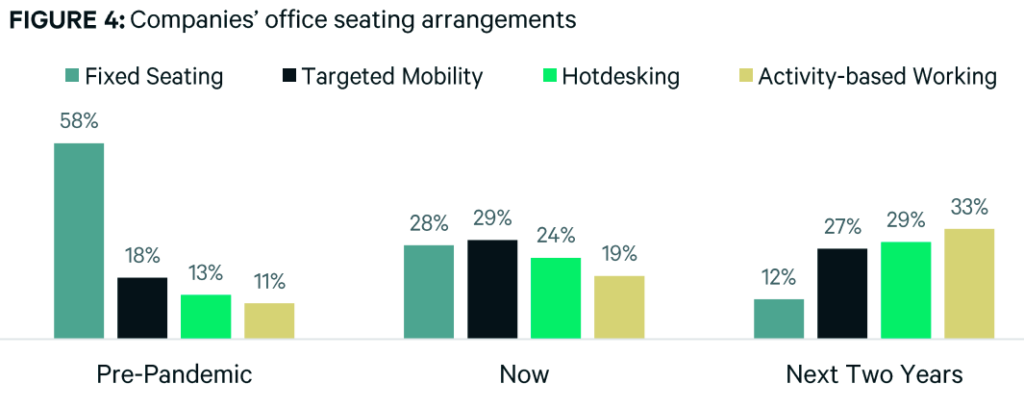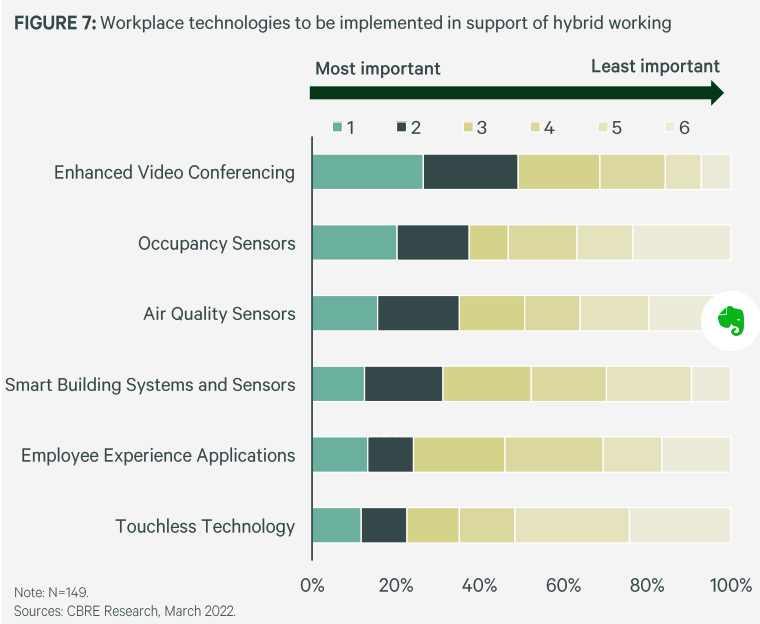The great remote work experiment of 2020-2022 has changed work as we know it. While some organisations are returning to the office, others are making remote work permanent. For many organisations, a hybrid of the two arrangements appears to make better sense.
In fact, a recent IDC report revealed that the majority (56%) of employees in Asia Pacific want flexible work with options to work both in the office and remotely, even beyond the pandemic.
But therein lies the challenge. While there were kinks to iron out at the start when organisations were adjusting to remote work, managing a 100% remote workforce was straightforward. Everyone, from the C-suite to managers to executives, was placed on the same level playing field – making the best out of a basic work-from-home setup.
With collaboration and productivity of the workforce being top-of-mind, many organisations began to issue collaboration devices such as webcams and headsets or allowances to employees to ensure that they were equipped adequately for remote work.
While it’s great to see that businesses in Asia have started to embrace more flexible ways of work, hybrid work requires an entirely different approach. With some of the workforce preferring to work from home and others wanting to return to the office, business leaders have their work cut out for them.
Many are wrapping their heads trying to figure out the best approach to building the right hybrid strategy tailored to their company culture. While some companies started cracking the code, the majority are still grappling with the when, how, why, and who of this new hybrid work reality.
Depending on who you ask, hybrid work success can look very different. The organisation is made up of a cast of players, each with a role critical to a competitive and thriving business. For business leaders, what’s imperative is figuring out the different roles that each team can play in ensuring hybrid work success.
An enabler for business continuity and productivity
Without technology, business continuity would have been a challenge for most organisations during the pandemic. Having kept workforces running with ad-hoc setups, the IT team is now focused on standardising technology for the varied mix of remote and in-office employees.
However, employee expectations have changed entirely since pre-pandemic days. Technology that was once a nice-to-have is now business critical not only in conference rooms, but for any space — whether that’s a private office, hot desk, or remote desk.
According to a joint survey conducted by Google and Economist Impact, only 35% of people in Asia Pacific feel that flexible work will have a positive impact on their physical environment and equipment.
This means that the IT team now needs to take a holistic approach to outfit their hybrid workforces. They need to ensure that each employee has equal access to the highest-quality hardware, software, and solutions. These setups also must play well in an ecosystem where employees routinely toggle between the various web-based platforms for video meetings.
Redefine the blueprint of the new workspace
The pandemic has provided ample time for many organisations to review the requirements of their office real estate and has presented the opportunity to implement a ‘360 makeover’.
To accommodate the dynamics of an evolving workforce, facilities teams have redesigned, closed, shrunk, expanded, rebuilt, moved, and reoutfitted offices. In fact, findings from a CBRE survey on Asia Pacific companies have revealed a sharp drop (58% pre-pandemic, to 28% today) in fixed seating arrangements, preferring instead to opt for flexible or activity-based seating.

Collaboration and meeting spaces come in many forms – from hot desks to huddle rooms and traditional conference rooms. This team has the difficult task of space-planning for employees who may or may not even come into the physical office on any given day.
Rightsizing, where each meeting space is outfitted for a specific purpose, has also risen to the top of the agenda for facilities teams. Newly reconfigured rooms will have to be able to support hybrid work schedules and ensure that the workforce can have a safe return to the office.
To achieve this, the facilities team will need to put themselves in the shoes of the workforce and have a clear understanding of how different spaces will be utilised.
Focusing on the ‘human’ in human resources
The Great Resignation has emerged as one of the biggest challenges for HR teams since the pandemic hit. The HR teams have a mammoth task of building and retaining a healthy, productive workforce, in all its facets and complications.
While having distributed locations may sometimes be seen as a tremendous benefit, there are also drawbacks from the lack of face-to-face communication, onboarding, and mentoring. The lack of equitable experiences some remote employees face when conducting meetings with in-office colleagues is also a new concern.
Although technology can help solve some remote employee experience concerns, challenges in areas such as cultivating innovation, fostering a sense of belonging, and building company culture within a hybrid environment remain. For these intangible attributes in the workplace, there is no one-size-fits-all solution.
Re-evaluate investment priorities
Finance teams are looking at the impact of hybrid work costs. One key challenge is the collaboration and coordination required by hybrid work.
As this trend is still at its nascent stages, and thus, comes without strong historical data for reference, most organisations are continuing to incur the cost of maintaining their physical office while also shelling out work-from-home stipends to a growing virtual workplace.

In fact, this re-evaluation is already underway, with the sameCBRE survey revealing that 60% of companies in Asia Pacific intend to increase their investments in technology in the workplace to provide a better experience for employees.
Solving the hybrid work equation
Making hybrid work successful for everyone requires much more than having the shiniest, newest gadget in town. The most effective solutions, at their core, are those designed with their users in mind, purpose-built to address pain points, and simple for IT to implement.
But most importantly, listening to all stakeholders — and seeing their challenges through the lens of each of their roles — is the smartest possible start to help make sense of this hybrid work madness.




